#Punic
Text

Stone scarabs found in Eivissa (Ibiza), Balearic Islands. 5th-4th century BC.
The island of Eivissa has provided a large number of this type of amulets, especially in funerary contexts, accompanying buried people. They were made by the Punic, Greek and Etruscan craftmen in Egyptian, Oriental and Hellenic styles. Worn in contact with the body, they kept evil away or propitiated good, in accordance with their magical-religious beliefs.
Photo: MAEF Archive. Source: InterMedit Project.
#eivissa#illes balears#història#arqueologia#ancient#antiquity#archeology#archaeology#ancient history#history#mediterranean#ancient egypt#ancient egyptian#ibiza#art history#amulet#punic#ancient greek#etruscan
400 notes
·
View notes
Text
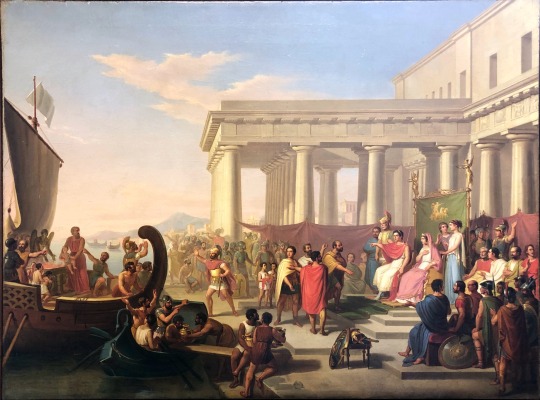
Gelon granting peace terms to the defeated Carthaginians on condition that they give up human sacrifice
by Michele Panebianco
#gelon#art#michele panebianco#syracuse#sicily#carthage#carthaginian#greek#sicilian#sicilian wars#gela#mediterranean#magna graecia#ancient greek#ancient greece#italy#battle of himera#gelo#history#antiquity#europe#european#ancient carthage#punic#phoenician
36 notes
·
View notes
Text

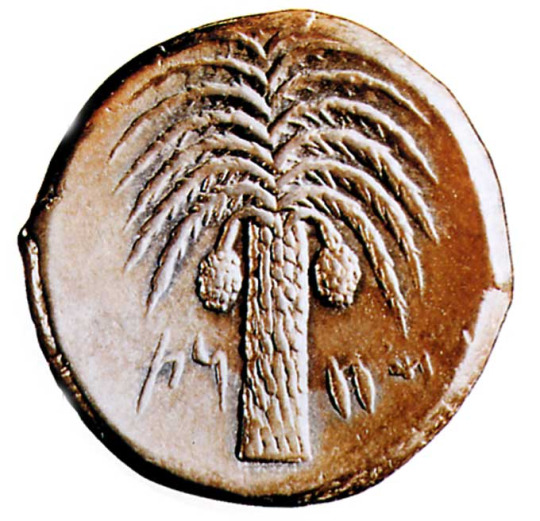
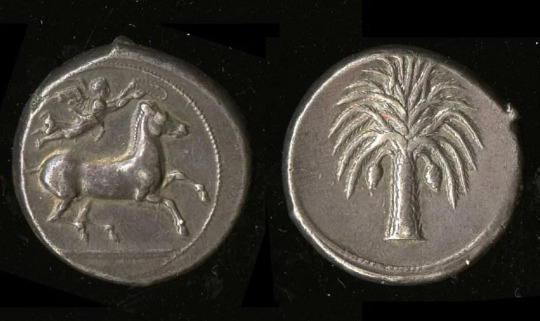
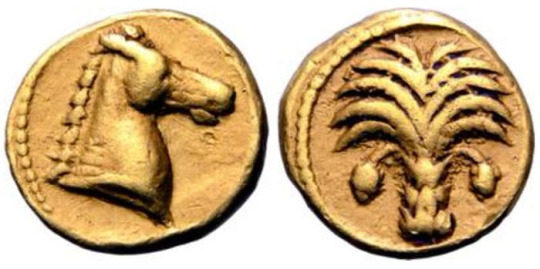
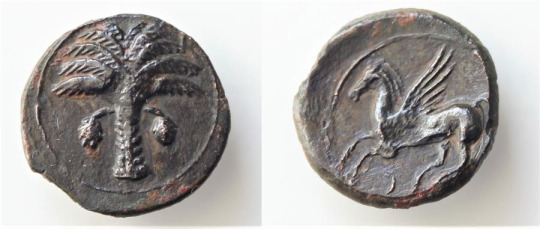

Various Carthagian/Punic Coins (5th-3rd c. BCE)
#carthage#carthagian#punic#phoenician#phoenicia#coin#coins#horse#angel#tree#tree of life#pegasus#nike#genius
80 notes
·
View notes
Text
Phoenician and Hebrew were both dialects of the Canaanite language and so they were mutually intelligible. Even Punic, the language of Carthage, which was a Phoenician colony, at its height in the 3rd century BCE would still be similar enough to Hebrew to allow for communication. This means that Hannibal Barca, the Carthaginian general that crossed the Alps with his elephants and attacked Rome could, if given an opportunity, read the Hebrew Bible in the original, although with some difficulty.
26 notes
·
View notes
Photo


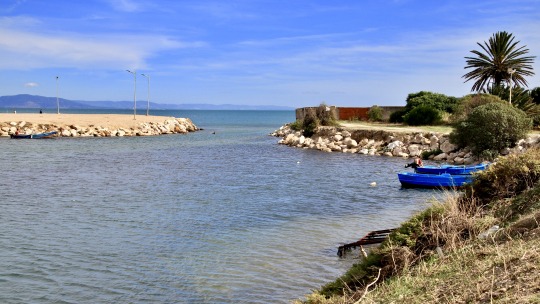



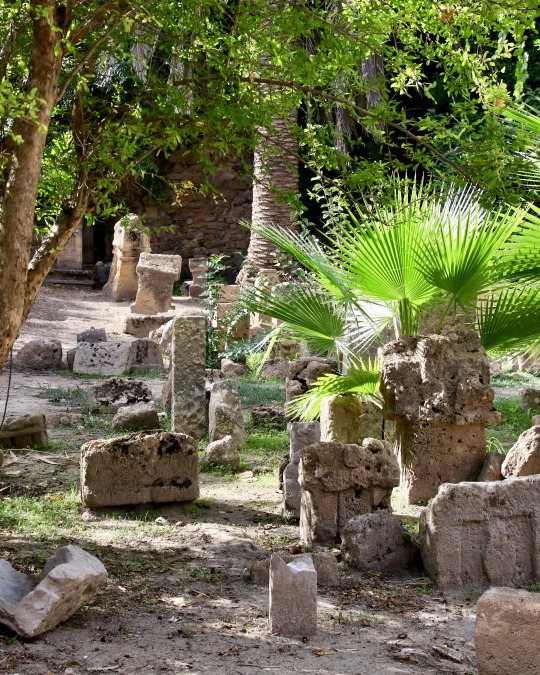

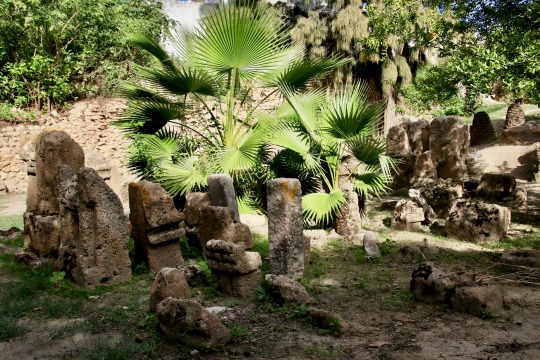
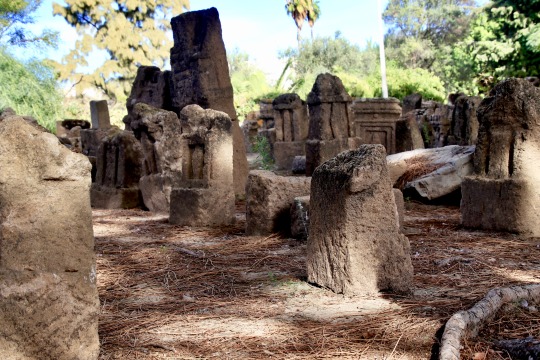
Carthage ( Tunisia )
#punicwars#punicians#punic#salammbo#carthaginianempire#travel#mediterranean#ancientcarthage#hannibal#romanempire#history#ruins#carthageruins#visitcarthage#carthage#exploretunisia#tunisiatravel#trip#visittunisia#tunisia#northafrica#africa#travelphotography#architecture#carthagina#photooftheday#explore#aroundtheworld#cemetery#ancient
17 notes
·
View notes
Text
MESOPOTAMIAN & SEMITIC RESOURCES
The Anthropological Masterlist is HERE.
Mesopotamia was a historical West Asian region. It included the Tigris-Euphrates rivers and modern-day Iraq. It is the region where the earliest civilizations developed.
AKKAD ─ “The Akkadian people are a Mesopotamian people that lived from 2334 B.C.E. to 2154 B.C.E. They lived in Mesopotamia, the Levant, and Anatolia.”
─ The Atra-Hasis
─ Akkadian Language
BABYLONIA ─ “The Babylonians were a Mesopotamian people that lived from 1895 B.C.E. to 539 B.C.E. They lived in southern Mesopotamia, in modern-day Syria.”
─ Babylonian Information
─ Babylonian Astrology
─ Babylonian History
MESOPOTAMIA ─ “Mesopotamia was a historical West Asian region. It included the Tigris-Euphrates rivers and modern-day Iraq.”
─ Mesopotamian Culture & History
─ The Epic of Gilgamesh
─ Enuma Elish
SUMER ─ “The Sumerian people were a Mesopotamian people that lived from 4500 B.C.E. to 1900 B.C.E. They lived in modern-day southern Iraq.”
─ Mesopotamian Mythology
─ Sumerian History
─ Sumerian Language
Semitic languages are the languages that descended from Proto-Semitic. Most Semitic-speaking cultures are native to the Arabian Peninsula, the Levant, and the adjacent areas. The earliest Semitic language, Akkadian, originated in Mesopotamia.
AKSUM ─ “The King of Aksum, or Axum, was a Semitic civilization that lived from the 1st century C.E. to 960 C.E. They lived in modern-day Ethiopia.”
─ Aksum Information
─ Aksum History
AMMONITE ─ “The Ammonites were a Semitic people that lived from the 10th century B.C.E. to 332 B.C.E. They lived in modern-day Jordan.”
─ Ammonite Information
─ Ammonite Culture
─ Ammonite Language
ARAMEA ─ “The Arameans were a Semitic people that lived from 11th century B.C.E. to the 8th century B.C.E. They lived in modern-day Syria.”
─ Aramean Information
─ Aramean History
─ Aramaic Languages
CANAAN ─ “The Canaan civilization was a Semitic civilization that lived from the 16th century B.C.E. to the 7th century B.C.E. They lived in modern-day Palestine, Lebanon, and Syria.”
─ Canaanite Culture
─ Canaanite Religion
─ Canaanites in the Bible
CHALDEA ─ “The Chaldeans were a Semitic people that lived from the 10th century B.C.E. to the 6th century B.C.E. They were native to southeast Mesopotamia.”
─ Chaldea Information
─ Chaldeans in Greek and Biblical Perception
EDOMITE ─ “The Edomites were a Semitic people that lived from the 13th century B.C.E. to 125 B.C.E. They lived in present-day Jordan.”
─ Edomite Information
─ Edomite Culture
─ Edomite Religion
PUNIC ─ “The Punic, or western Phoenician, people were a Semitic people that lived from the Early Iron Age until the end of the Punic Wars (though Punic culture persisted even under Roman rule). They lived in northwest Africa, around modern-day Algeria and Morocco.”
─ Phoenician Diaspora
#resources#mesopotamia#semitic#akkadian#babylonia#sumer#aksum#ammonite#aramea#canaan#chaldea#edomite#punic
38 notes
·
View notes
Photo

Arishat, my character from ancient Carthage, displays her pearly whites in a happy smile.
In all honesty, I've been blocked on my "Carthage Atlantica" novella for a few weeks now, mainly because I am not 100% sure how to end it, but Arishat has been a fun character to doodle nonetheless.
#original character#carthage#ancient carthage#carthaginian#punic#north african#african#black woman#dark skin#woman of color#woc#drawing#traditional art#art
24 notes
·
View notes
Text
Select Canaanite /Phoenician Colonies and Settlements, in their own known or reasonably suggested Endonymic Names
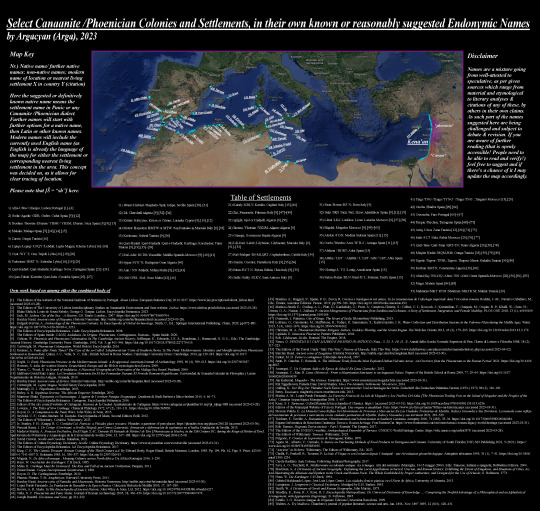
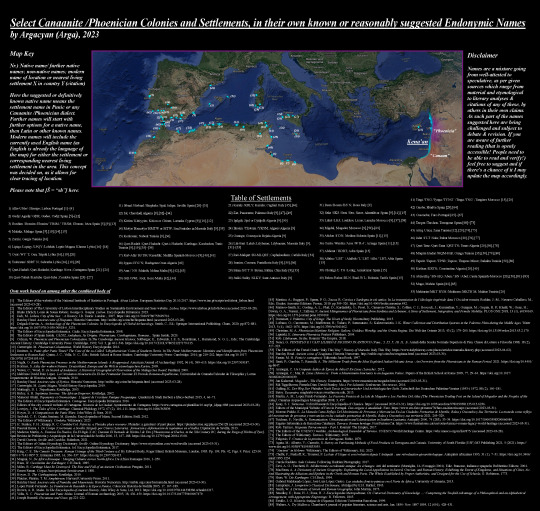
I feel like I might have over-engineered these maps so I will take feedback. Also with the insane amount of reading I tried automating the citations, there might be errors caused by the software. Second image is an alternative version with only numbers on the map, in case it's easier to read for you.
#phoenicians#phoenician#punic#carthage#classical antiquity#antiquity#ancient history#maps#map#semitic languages#europe#northern africa#mediterranean#spain#portugal#italy#cyprus#levante#lybia#tunisia#algeria#morocco#catalunya#andalusien#andalusia#sicily#sardinia#baleares#maltese#canaan
5 notes
·
View notes
Text
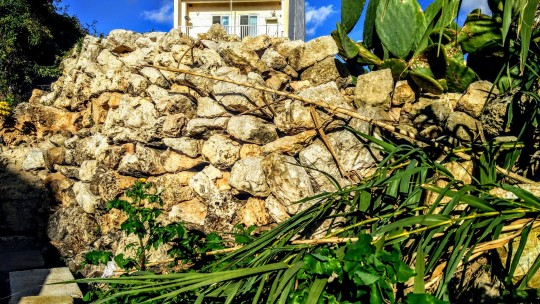
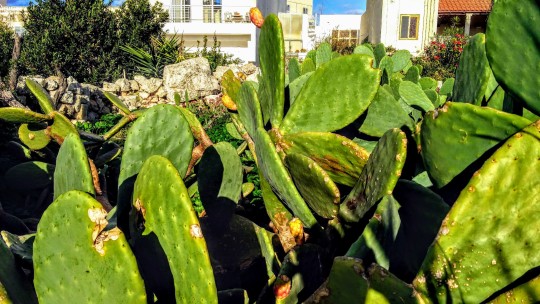

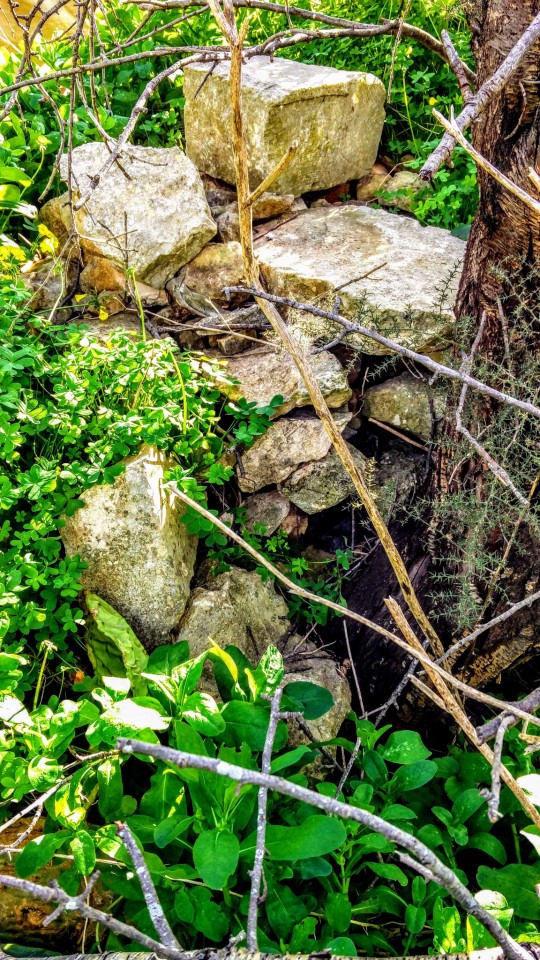

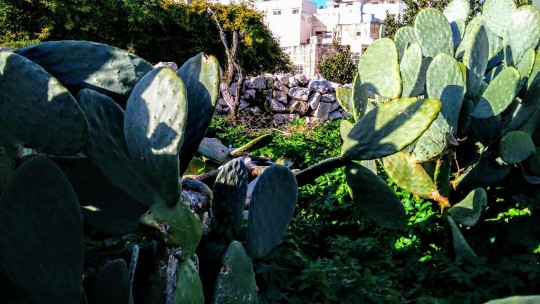
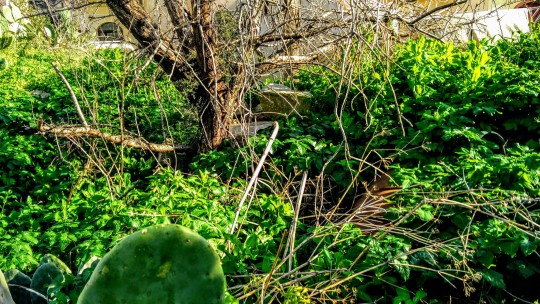



Ta’ Cieda Roman Remains - Ta’ Cieda Roman Tower - San Gwann
The Remains of a Roman Watch Tower known as Ta’ Cieda in San Gwann. It is believed to have been part of a chain of towers built as a network to defend the interior of the Island from a maritime invasion. While this tower is mainly believed to be Roman, archaeologists argue that it might have been originally built during Punic or even to some extent prehistoric times, this is due to the fact that attack was less likely during the roman occupation of the Maltese islands. So it is more likely that the Tower was built by the Punic people and then reused and embellished by the Romans. Today only around one third of the tower remains, mainly the base of the structure. It is in a bad state of deterioration, overgrown by vegetation and prone to vandalism, while surrounded by modern housing.
#maltascapes#malta#maltese islands#urban exploration#abandoned#mediterranean#ruins#urbex#abandoned places#abandonedplaces#roman#tower#remains#archeology#punic#watch tower
12 notes
·
View notes
Text
Day Trip from Tunis
We are staying in our Tunis hotel for 4 nights and doing some day trips to the closest sites.
Today we started at a small museum in Nabuel with several nice mosaics and other artifacts.
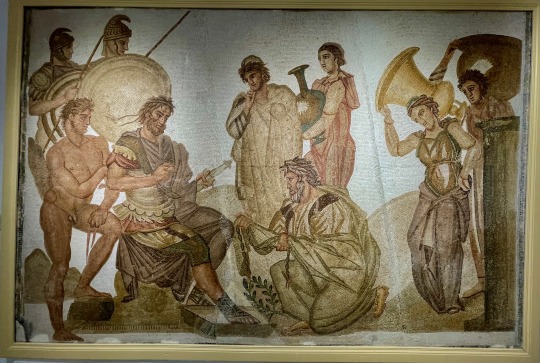
This is a particularly well-done mosaic with great shading and even shadows.
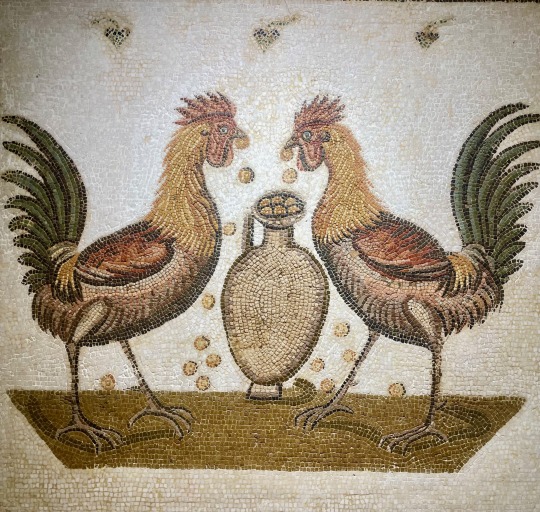

The statue of a woman with a startled-looking cat's head above.
The small pot below with a wild rabbit was attractive.

There were thick tiles with tongue and groove edges that I had not seen before.

We had lunch at a sea-side restaurant. It was very good with a lot of seafood. It's becoming clear that we are going to be served too much food at every stop. Trying to skip courses gives the impression that we don't like the food, and leaving half of it on the plate does the same. I think I will have to start skipping dinners again.
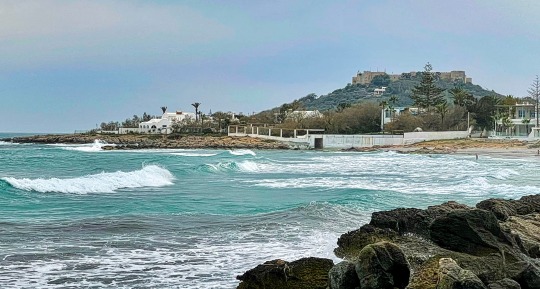
Then we went to Kerkuane, a rare Punic town that was not resettled in the Roman period, and so the Punic ruins are the most intact. It is located on the coast and the seaside edge has eroded, but there is still a lot of the town left.
They have a small museum with artifacts from the site. I thought this pot was particularly attractive.

This emblem was attractive and looked like Starbucks was originally a Punic business.

There was enough of the walls left to have a good understanding of the buildings and town layout.
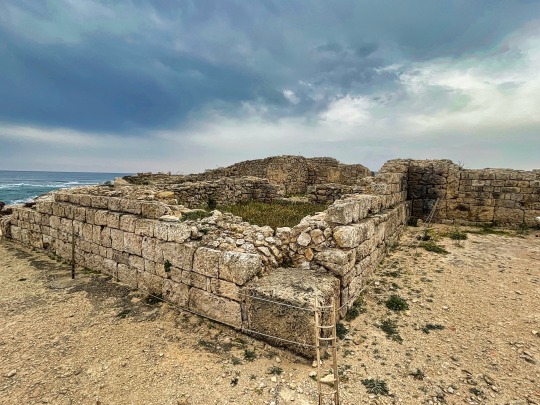
As you can see it was threatening to rain, but only a few drops fell. And the cloud cover was nice,


There were good examples of Opus Signinum flooring where small tesserae are scattered into a cement floor.
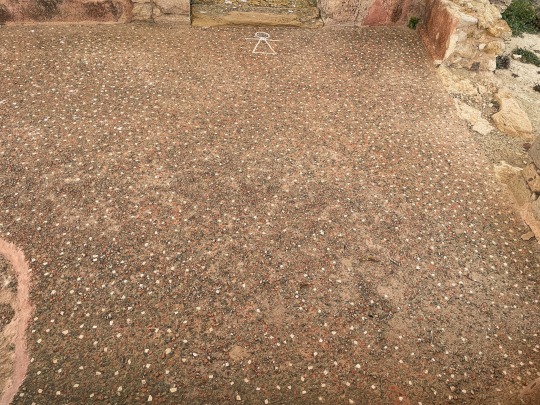
At the top of the photo, you can see an emblem of Tanit which served a protective purpose. This is the first type of mosaic flooring. The tesserae would provide a little visual interest in the floor and also provide a series of surfaces to finish the floor to, making it easier to provide an even surface.
Bathtubs were also in evidence. Bathtubs were popular in Punic houses. There was no plumbing so water had to be hauled from a well and probably heated, and the tubs were quite small so definitely not a particularly relaxing bath, but an early use of private, in-home bathtubs. This one seems to have two seats.

Wildflowers were blooming throughout the site, including miniature irises.


Amazingly my Seek software did a great job of identification. Traveling overseas I often find that no one has previously provided identifications.
0 notes
Photo

Three drawings from 2019 Three deities _____________________________ Scratchboard made with chalk ink 70x50cm _____________________________ . #sorvan #ahuramazda #persian #achemenideempire #scratchboard #monochromedrawing #punic #carthage #contemporaryartist #contemporarydrawing #frenchartist #ancient #ancientcivilization #ancientstructure #ancientworld #scratchboardart #monochromeart #pierrebarrauddelagerie #labodesarts #labodesartscaen (à Caen (14)) https://www.instagram.com/p/CoSJk4tIAgH/?igshid=NGJjMDIxMWI=
#sorvan#ahuramazda#persian#achemenideempire#scratchboard#monochromedrawing#punic#carthage#contemporaryartist#contemporarydrawing#frenchartist#ancient#ancientcivilization#ancientstructure#ancientworld#scratchboardart#monochromeart#pierrebarrauddelagerie#labodesarts#labodesartscaen
1 note
·
View note
Text

Goddesses in World Culture, Patricia Monaghan
#queen of heaven#tanit#carthage#punic#punic religion#persephone#persephone deity#demeter deity#demeter
1 note
·
View note
Photo


A bilingual inscription in Punic (Phoenician, Carthaginian) and Berber (Tamazight, Numidian) from a 146 BCE mausoleum at Dougga in Tunisia.
68 notes
·
View notes
Photo
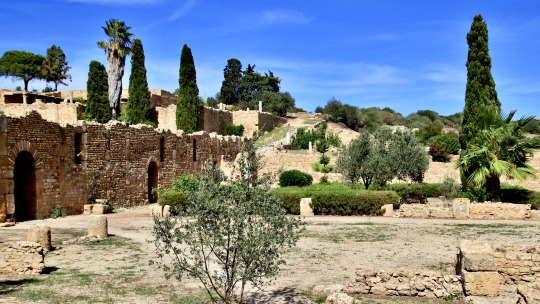

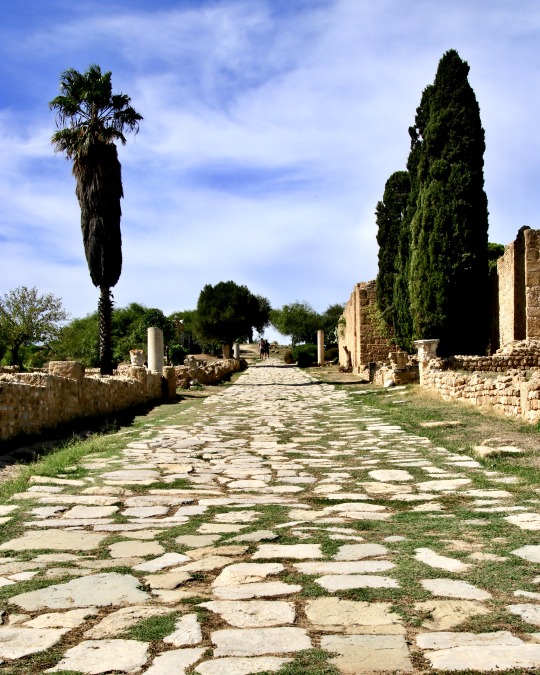



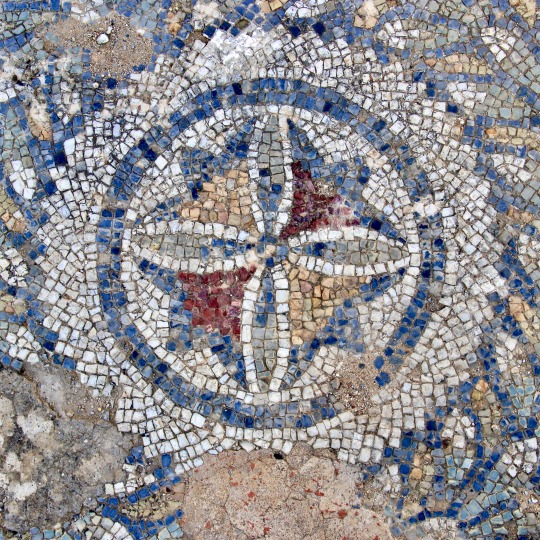
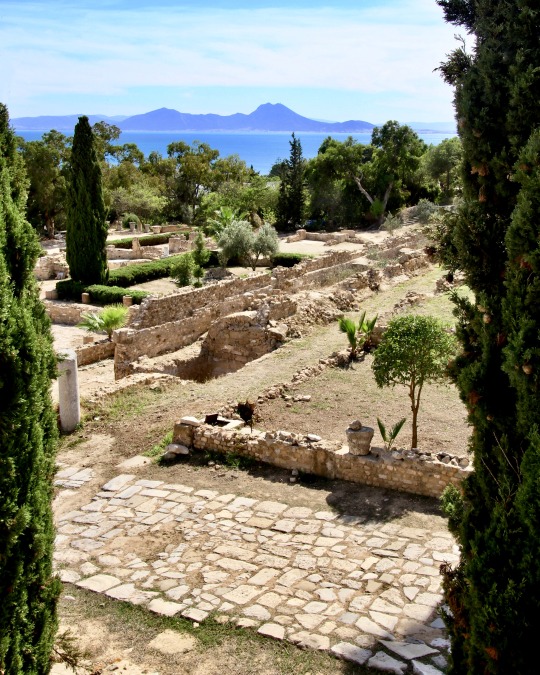


the Roman Villa ( Carthage / Tunisia )
#romanvilla#romanruins#ruins#romanempire#hannibal#punicians#punic#punicwars#ancientcarthage#visitcarthage#carthage#ruinsofcarthage#carthagina#exploretunisia#tunisiatravel#visittunisia#tunisia#photooftheday#travelphotography#landscape#nature#ancientworld#trip#aroundtheworld#africa#northafrica#adventure#mosaïque#romanarchitecture#architecture
13 notes
·
View notes
Text

#I don’t remember this in any of Polybius or Appian’s or Livy’s histories#the punic wars#carthago delenda est#carthage#hannibal#pooh bear#polybius#appian#livy#rome#roman#spqr
198 notes
·
View notes
Photo

This young dancer from ancient Carthage is beating a tambourine-like frame drum as she shakes her stuff. Her design here would be almost entirely speculative, as surviving artistic representations of Carthaginian female dancers appear to be next to non-existent, but I based her skirt on those worn by ancient Egyptian dancers. Most of the jewelry she is wearing is silver mined from the Iberian peninsula (modern Spain and Portugal).
#ancient carthage#carthage#carthaginian#punic#north african#tunisian#african#black woman#woman of color#woc#dark skin#dancer#dancing#digital art#art
3 notes
·
View notes